Cornelia Parker’s major Tate Britain survey explores British fragility
At Tate Britain, Cornelia Parker’s first London survey show dissects politics and history and reframes everyday life
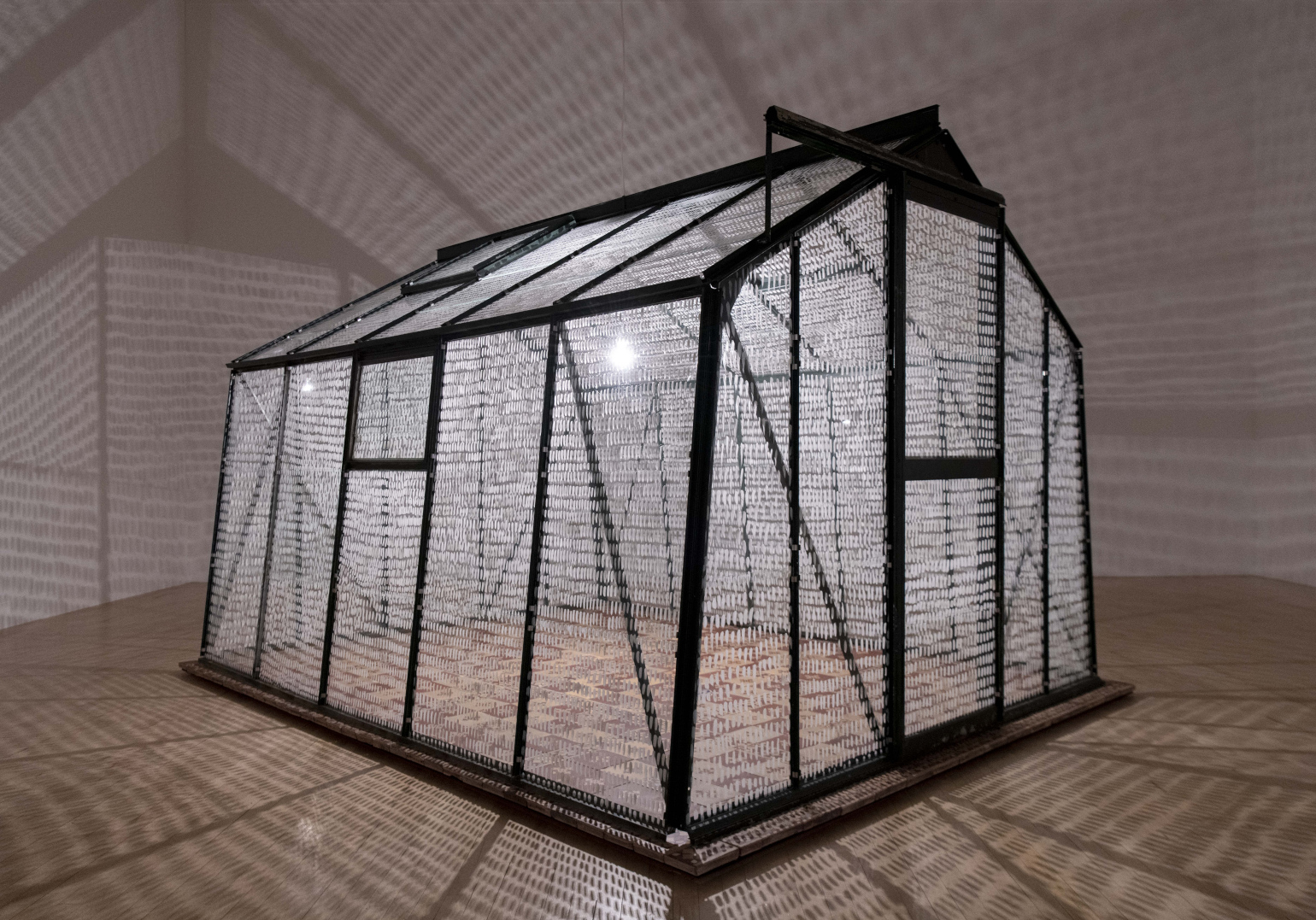
Tate Britain is hosting an expansive survey of more than 90 works by legendary British artist Cornelia Parker, spanning from the 1980s – 2022. On view until 16 October 2022, the show debuts new video and sculptural works Flag, 2022, and Island, 2022, which are staged alongside some of the artist’s most recognisable sculptures and installations.
The wall text accompanying each piece is sprinkled with Parker’s first-person reflections, providing insight into the story and context behind each work. In her narration, we see Parker draw alternative meanings from the ordinary. Prison Wall Abstract (A Man Escaped), 2012 – 13 brings us through a daily walk, where Parker extracts art from the everyday in prison-wall cracks, and her News at… 2017 series, which sees children scrawl newspaper headlines of ‘Theresa Maybe’ and ‘Trump Spreading Social Poison’ on chalkboards.
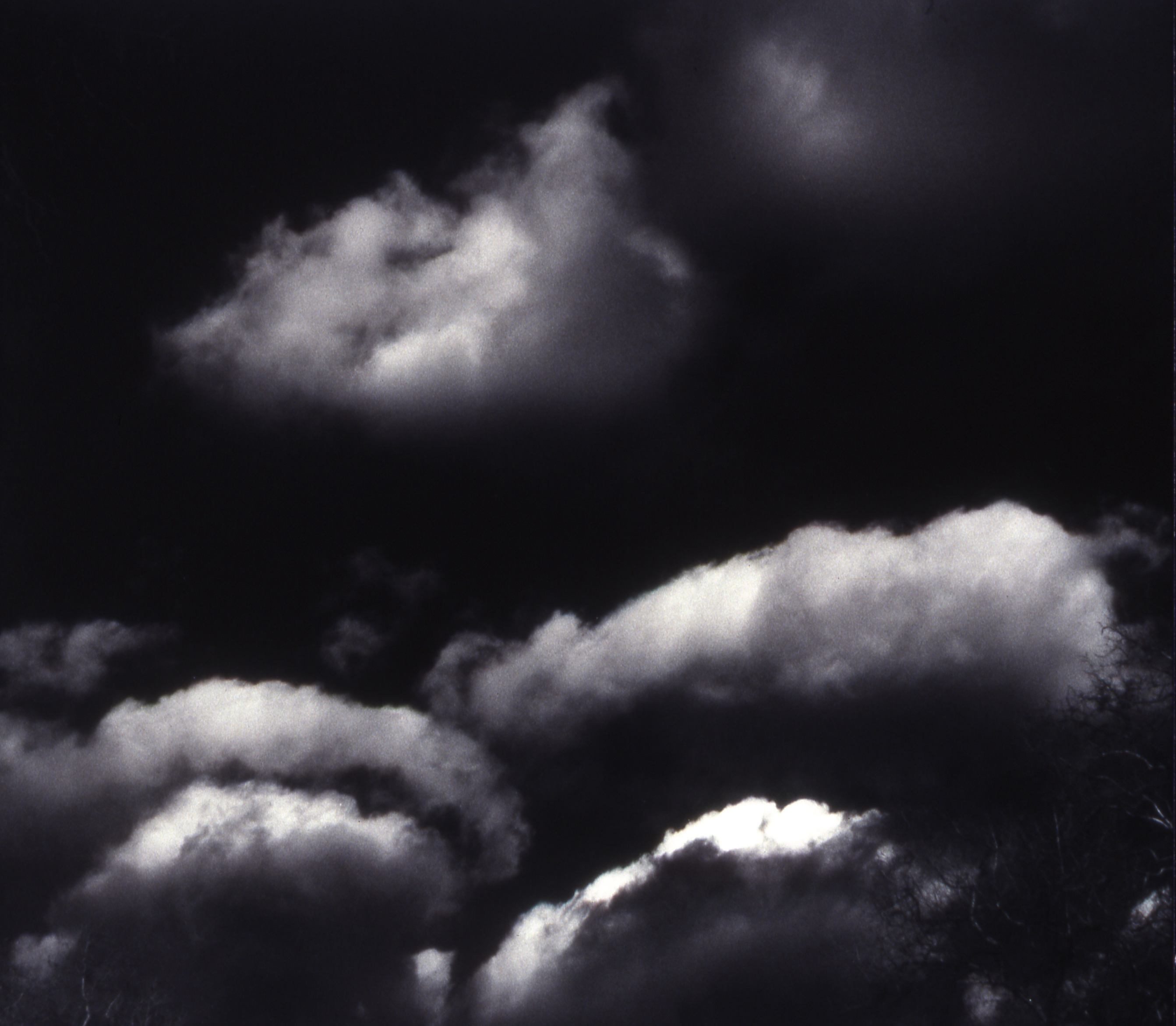
Cornelia Parker, Avoided Object Photographs taken on the sky above the Imperial War Museum with the camera that belonged to Hoess, commandant of Auschwitz, 1999. Courtesy the artist and Frith Street Gallery, London © Cornelia Parker. All Rights Reserved, DACS/Artimage 2022
Parker sees art in the underside of things. She highlights awkward objects and ugly mishaps, transforming them into abstract images of colourfully taped backs of signs and pools of spilt milk on the pavement. In Black Path (Bunhill Fields), 2013, she takes a bronze cast of the gaps between paving stones and elevates it inches above the ground, creating a striking structure. Familiar shadows are cast on the floor below the hovering hopscotch, creating an emblem devoid of function.
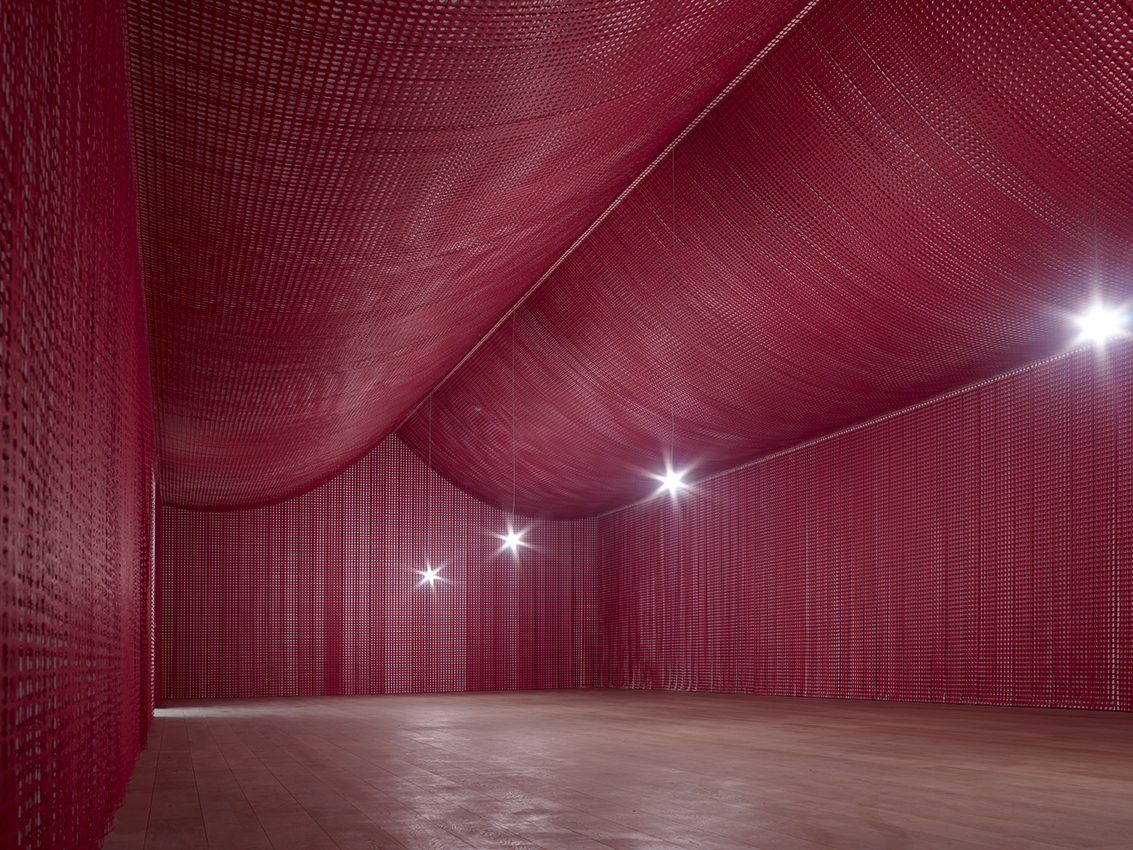
Cornelia Parker, War Room, 2015. © Anne - Katrin Purkiss. All Rights Reserved, DACS/Artimage. 2022 Image © the Whitworth, the University of Manchester.
Stolen Thunder, 1997 – 98 introduces us to Parker’s more satirical side. Presenting cloth bearing the tarnish from Henry VIII’s armour, Charles Dickens’ teaspoon and Guy Fawkes’ lantern, she realises the phrase ‘tarnished reputations’, ‘stealing their thunder and their fame’.
Elsewhere, she animates stacks of newspapers and exposes brash headlines gathered during the campaign period for Britain’s 2017 General Election. In Left, Right and Centre, 2017, newspapers blow around the House of Commons chamber at the hands of an artificially generated wind, evoking the turbulence and clashes so often associated with the space. In Perpetual Canon, 2004, Parker’s ‘mute marching band’ arrives in the form of a ring of flattened brass instruments, morphing the musical into a visual performance of shadows on walls, with no chance of sound.
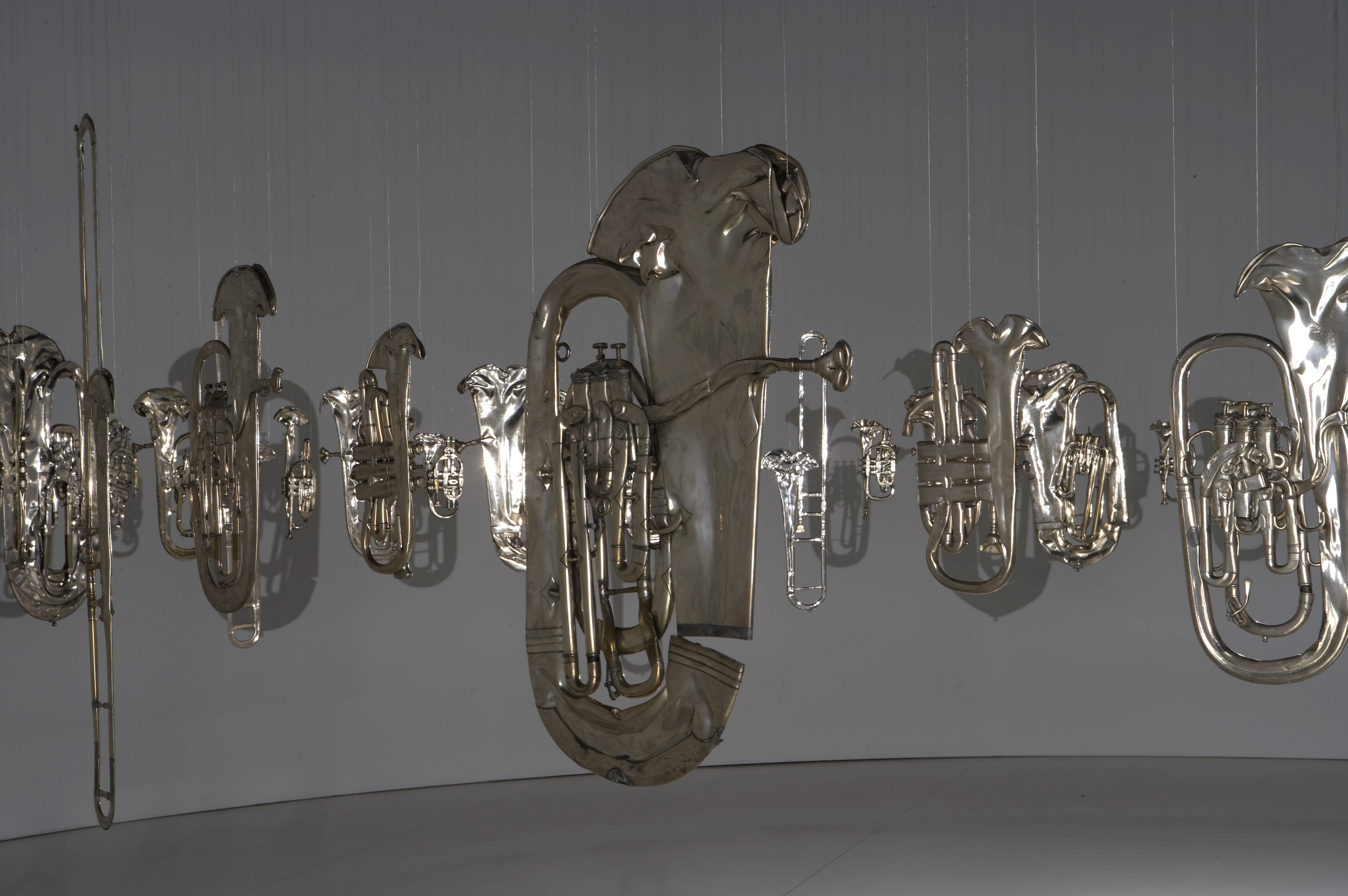
Cornelia Parker, Perpetual Canon, 2004. Collection of Contemporary Art Fundación “la Caixa”, Barcelona © Cornelia Parker. All Rights Reserved, DACS/Artimage 2022
A disjointed theme runs through the gallery and into the video spaces, where dream-like images of American revellers on Halloween are displayed alongside footage of Trump supporters ‘chanting like extras in a horror movie’, a blatant comment on a polarised America. Sound also plays a role in this hazy atmosphere in a new work, Flag, 2022, where Parker reverses footage of a Union Jack’s production accompanied by a humdrum hymn. The film visualises a ritualistic undoing of the patriotic monument, separating colours and unstitching strips of red, white and blue.
Parker’s sometimes tongue-in-cheek approach to violence is demonstrated in her comic book-esque imagining of an explosion frozen in time. Cold Dark Matter: An Exploded View, 1991, allows the destruction of a shed to be inspected. The static light in the centre of the artwork sustains the brutality of the act, a reminder of the border between violence and reflection that this work sits on.
Wallpaper* Newsletter
Receive our daily digest of inspiration, escapism and design stories from around the world direct to your inbox.
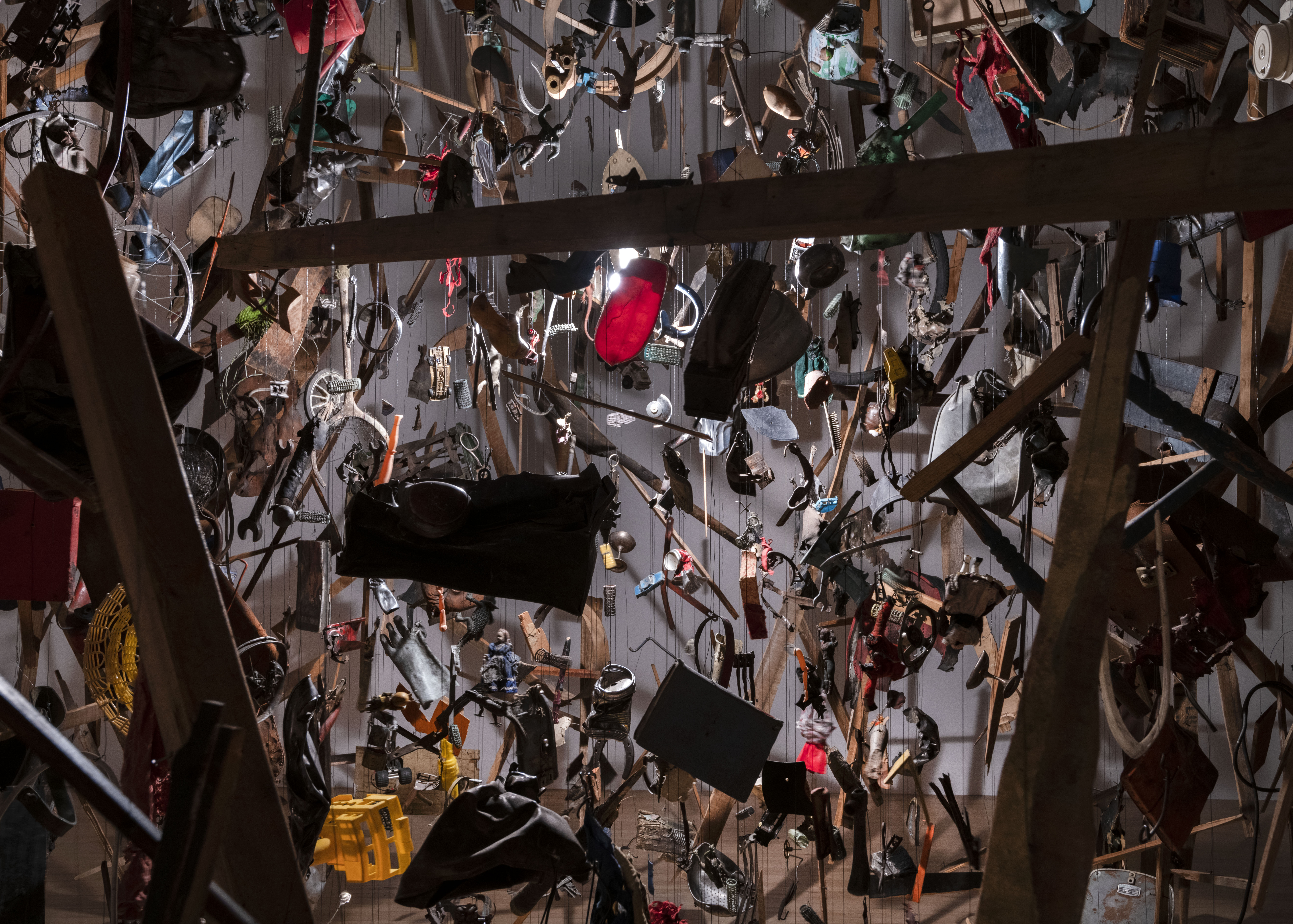
Cornelia Parker, Cold Dark Matter: An Exploded View, 1991 installation view at Tate Britain.
The final room, Island, 2022 – created especially for this exhibition – offers a similarly quiet moment. The work reflects on politics – specifically Brexit – and borders, beckoning us to heed the warning that people in glass houses shouldn’t throw stones. The greenhouse is marked patriotically with paint made from the chalk of the White Cliffs of Dover, and the floor comprises reclaimed tiles from the hallways of Westminster Palace. Parker leaves the symbolism of the glass, chalk-lined borders and foundation of historic, well-trodden tiles (previously destined for the tip) for us to interpret from any angle.
Her fundamental comment, seemingly, is on the fragility of our island.
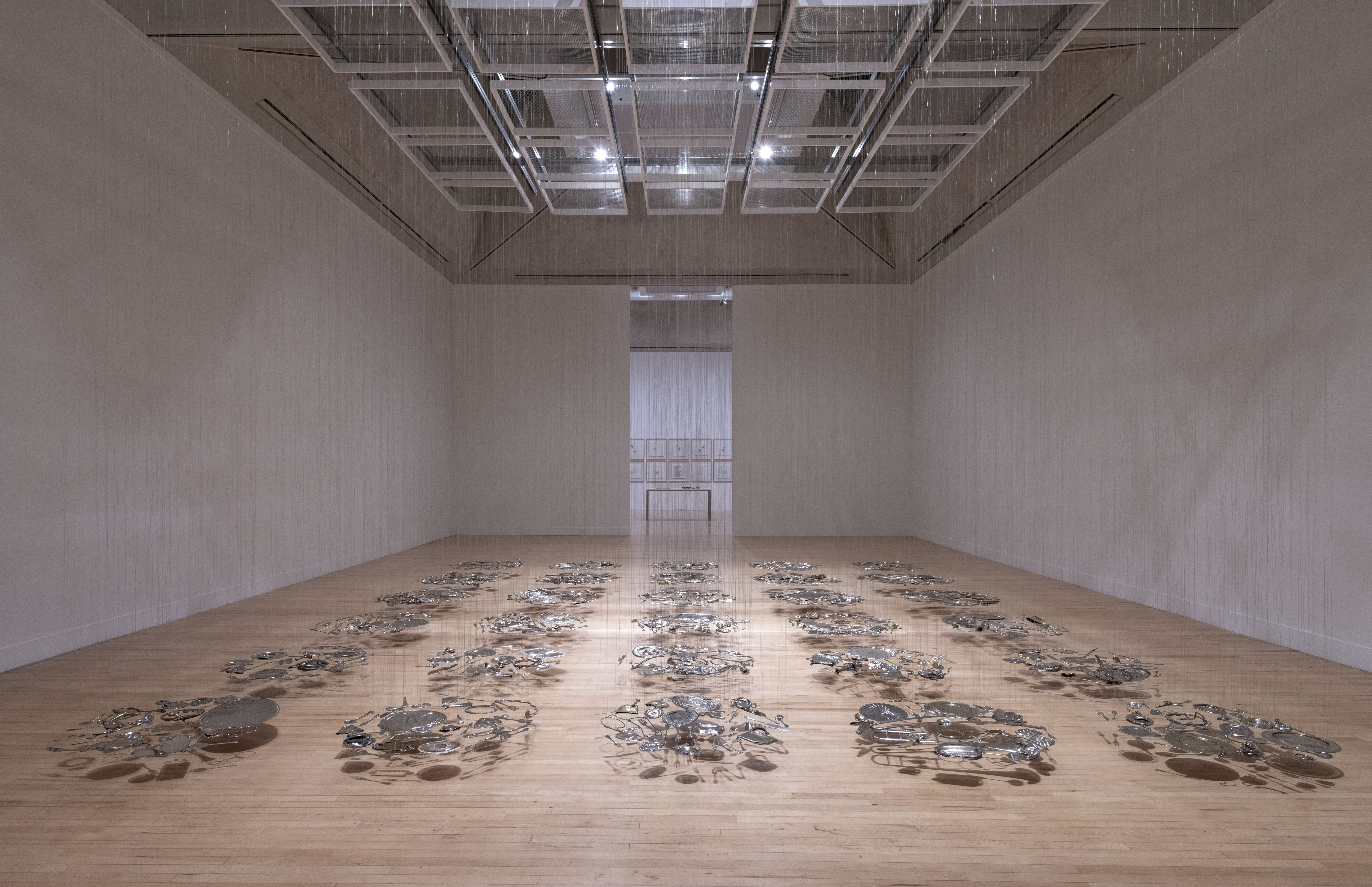
Cornelia Parker, Thirty Pieces of Silver, 1988-9 installation view at Tate Britain.
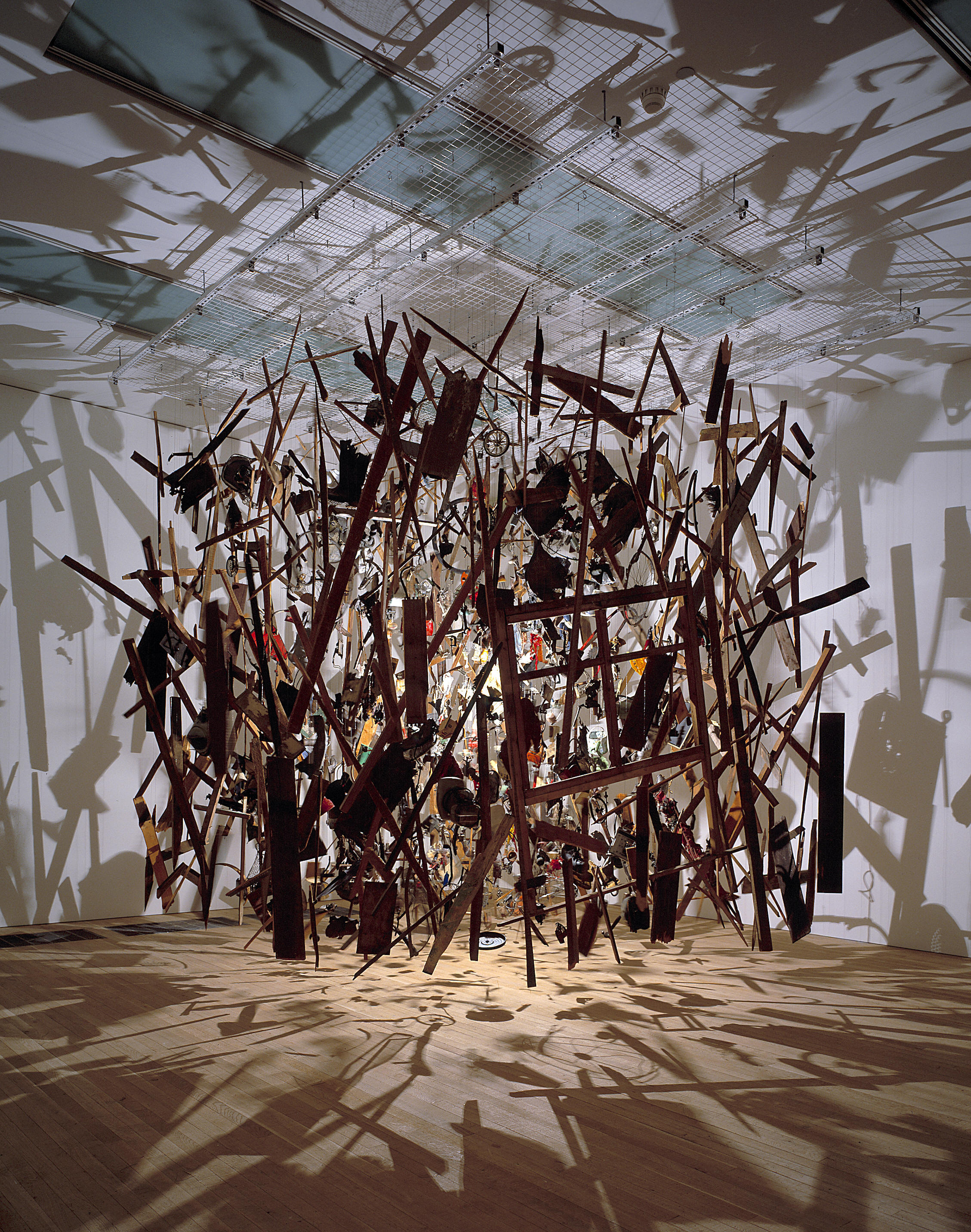
Cornelia Parker, Cold Dark Matter: An Exploded View, 1991 Tate © Cornelia Parker. All Rights Reserved, DACS/Artimage 2022
Martha Elliott is the Junior Digital News Editor at Wallpaper*. After graduating from university she worked in arts-based behavioural therapy, then embarked on a career in journalism, joining Wallpaper* at the start of 2022. She reports on art, design and architecture, as well as covering regular news stories across all channels.
-
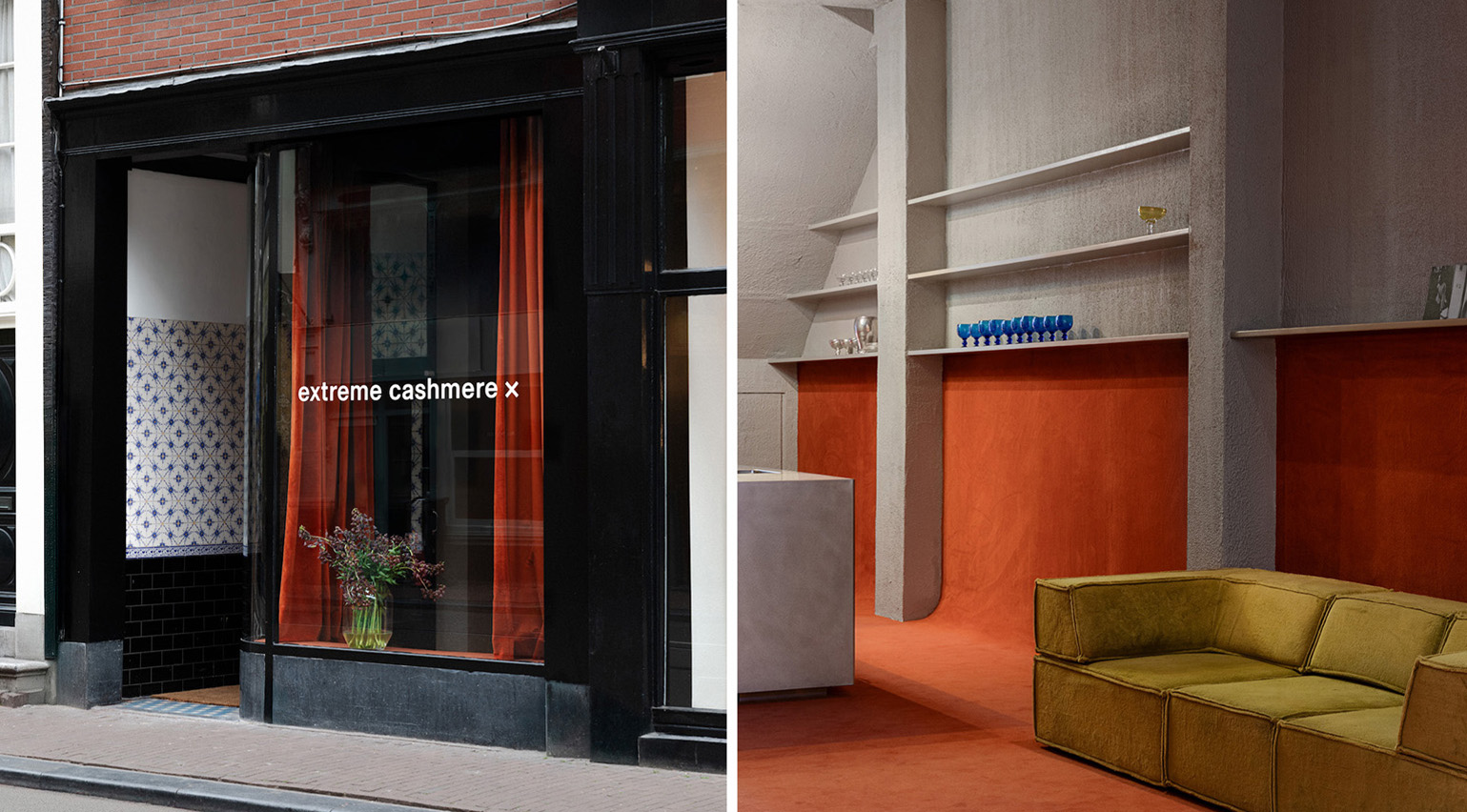 Extreme Cashmere reimagines retail with its new Amsterdam store: ‘You want to take your shoes off and stay’
Extreme Cashmere reimagines retail with its new Amsterdam store: ‘You want to take your shoes off and stay’Wallpaper* takes a tour of Extreme Cashmere’s new Amsterdam store, a space which reflects the label’s famed hospitality and unconventional approach to knitwear
By Jack Moss
-
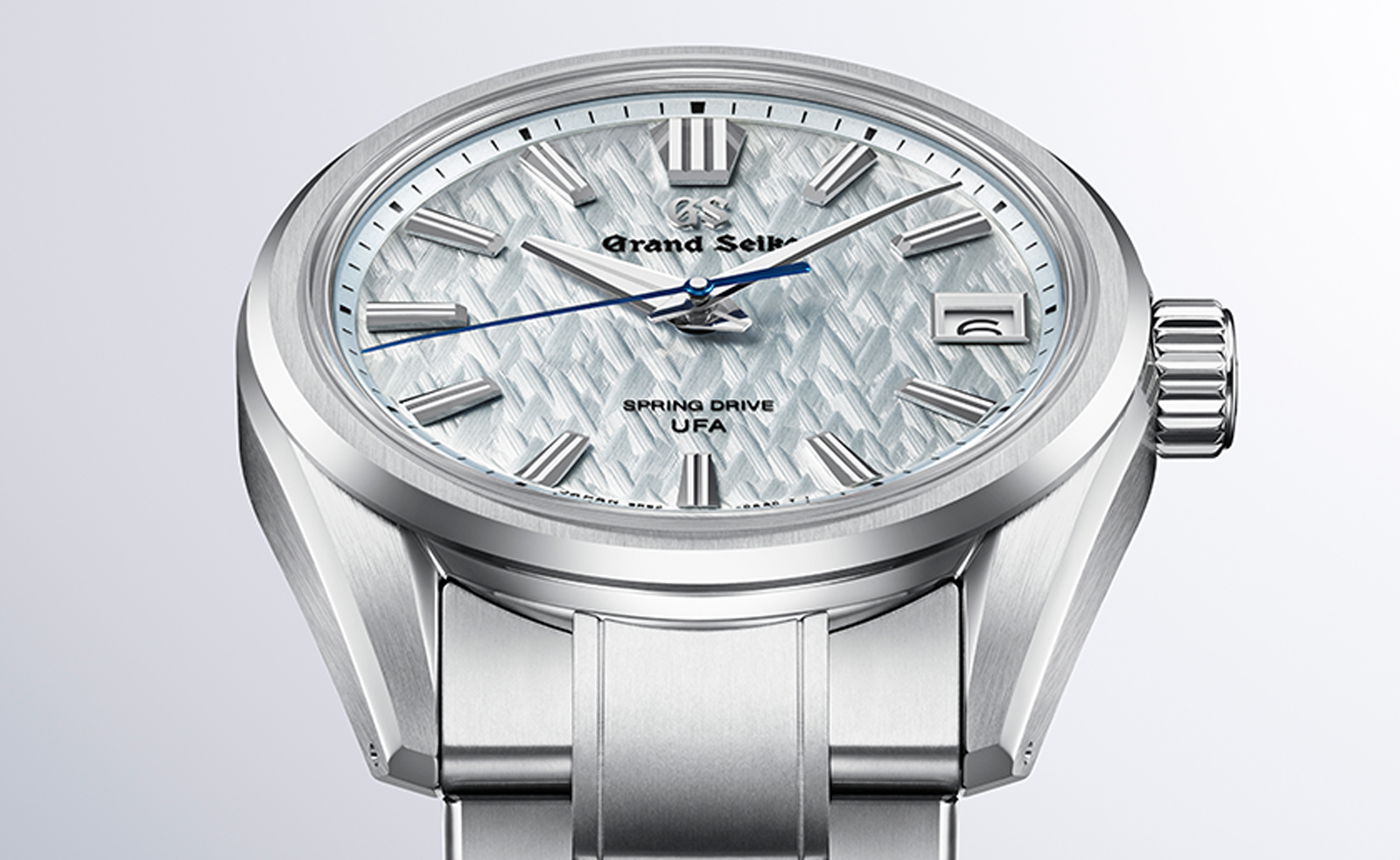 Titanium watches are strong, light and enduring: here are some of the best
Titanium watches are strong, light and enduring: here are some of the bestBrands including Bremont, Christopher Ward and Grand Seiko are exploring the possibilities of titanium watches
By Chris Hall
-
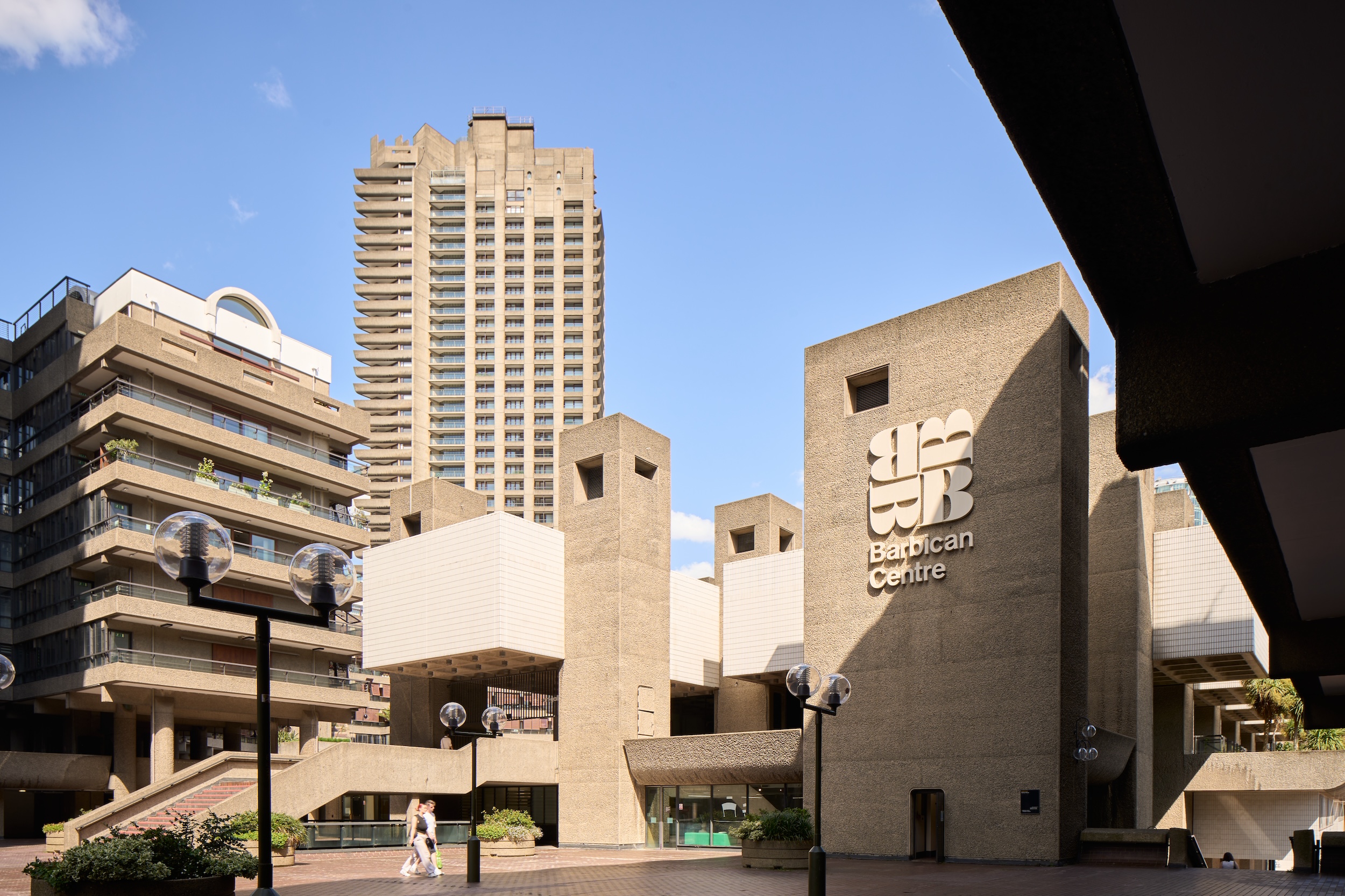 Warp Records announces its first event in over a decade at the Barbican
Warp Records announces its first event in over a decade at the Barbican‘A Warp Happening,' landing 14 June, is guaranteed to be an epic day out
By Tianna Williams
-
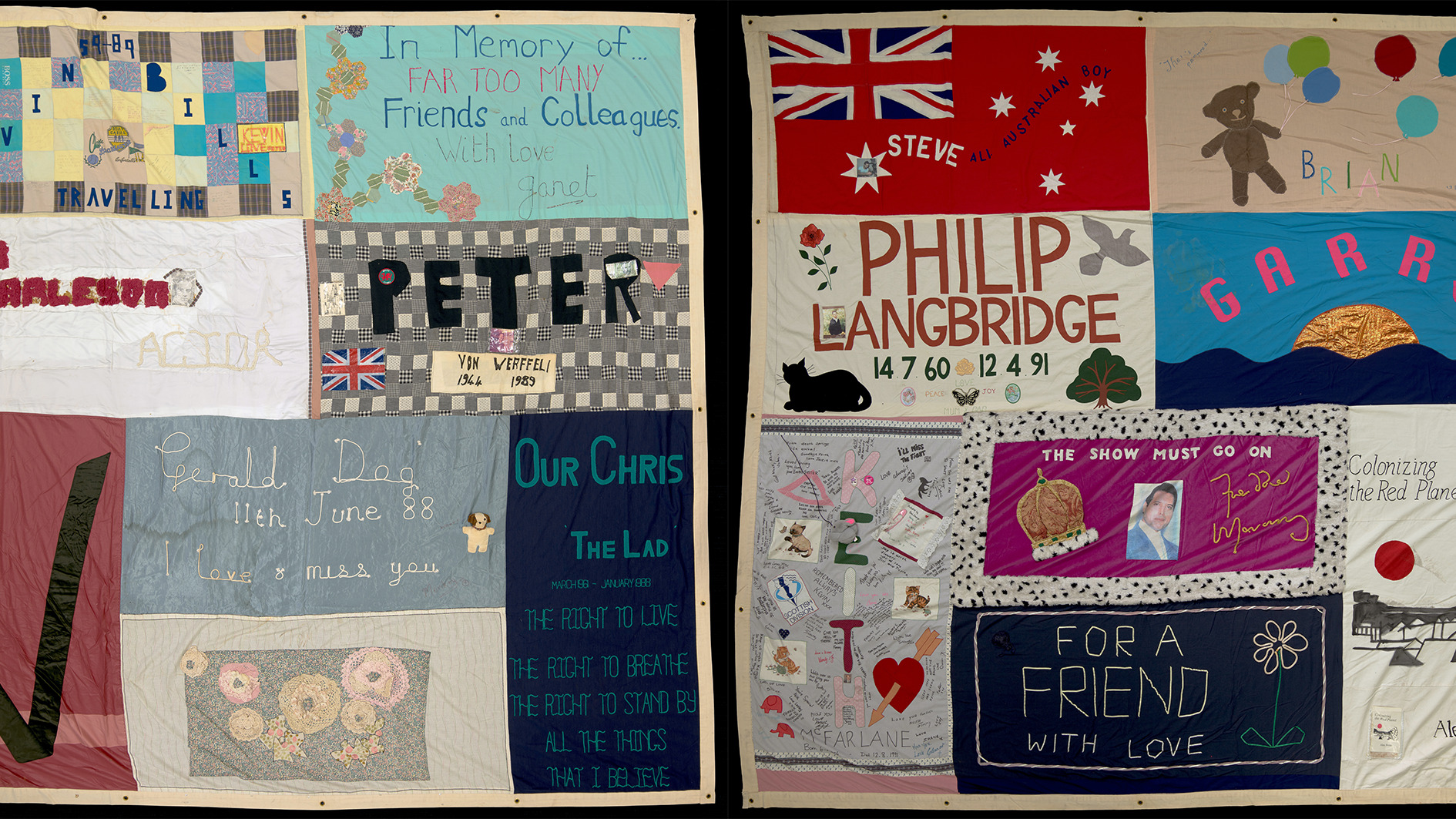 The UK AIDS Memorial Quilt will be shown at Tate Modern
The UK AIDS Memorial Quilt will be shown at Tate ModernThe 42-panel quilt, which commemorates those affected by HIV and AIDS, will be displayed in Tate Modern’s Turbine Hall in June 2025
By Anna Solomon
-
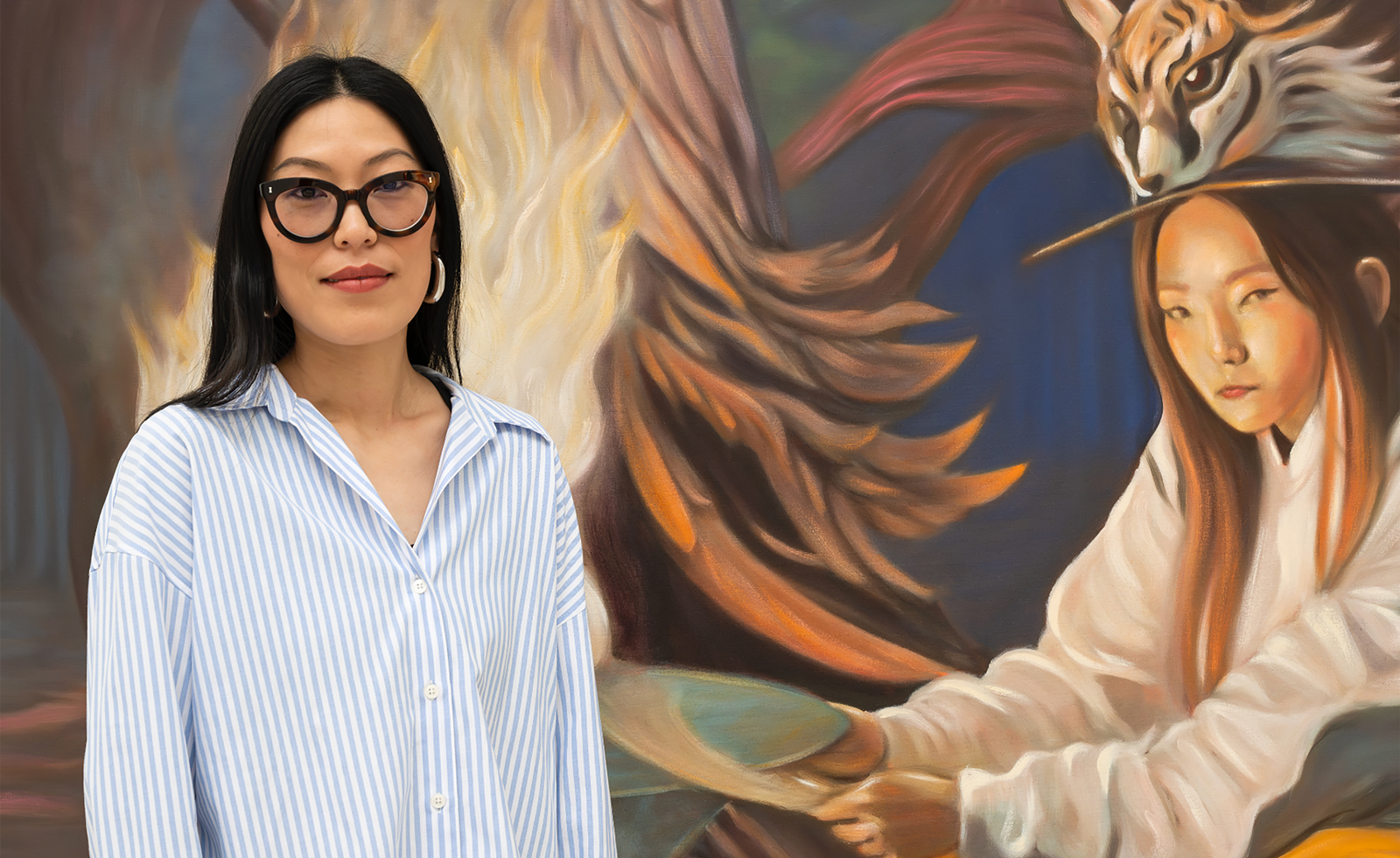 Meet the Turner Prize 2025 shortlisted artists
Meet the Turner Prize 2025 shortlisted artistsNnena Kalu, Rene Matić, Mohammed Sami and Zadie Xa are in the running for the Turner Prize 2025 – here they are with their work
By Hannah Silver
-
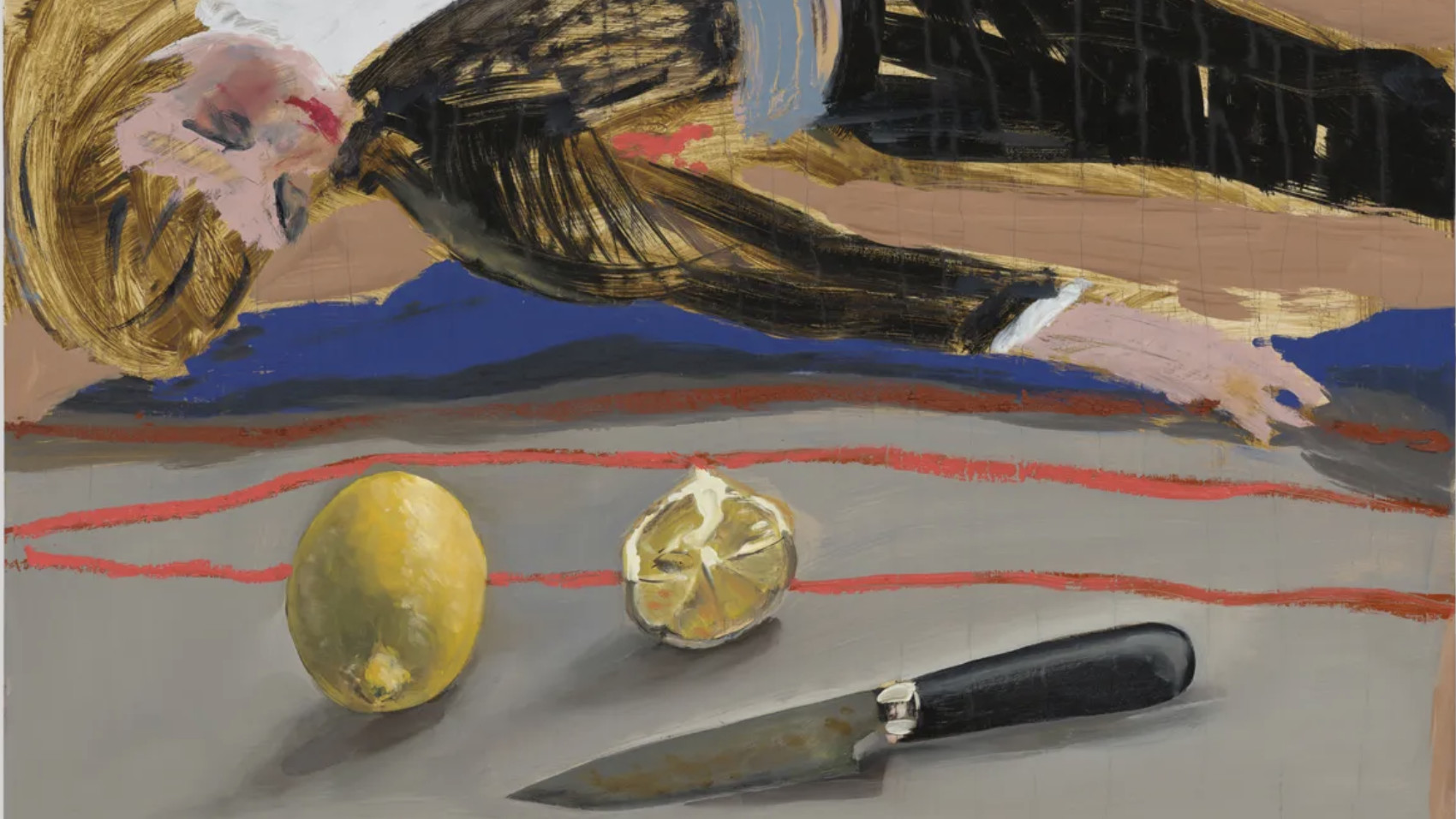 ‘Humour is foundational’: artist Ella Kruglyanskaya on painting as a ‘highly questionable’ pursuit
‘Humour is foundational’: artist Ella Kruglyanskaya on painting as a ‘highly questionable’ pursuitElla Kruglyanskaya’s exhibition, ‘Shadows’ at Thomas Dane Gallery, is the first in a series of three this year, with openings in Basel and New York to follow
By Hannah Silver
-
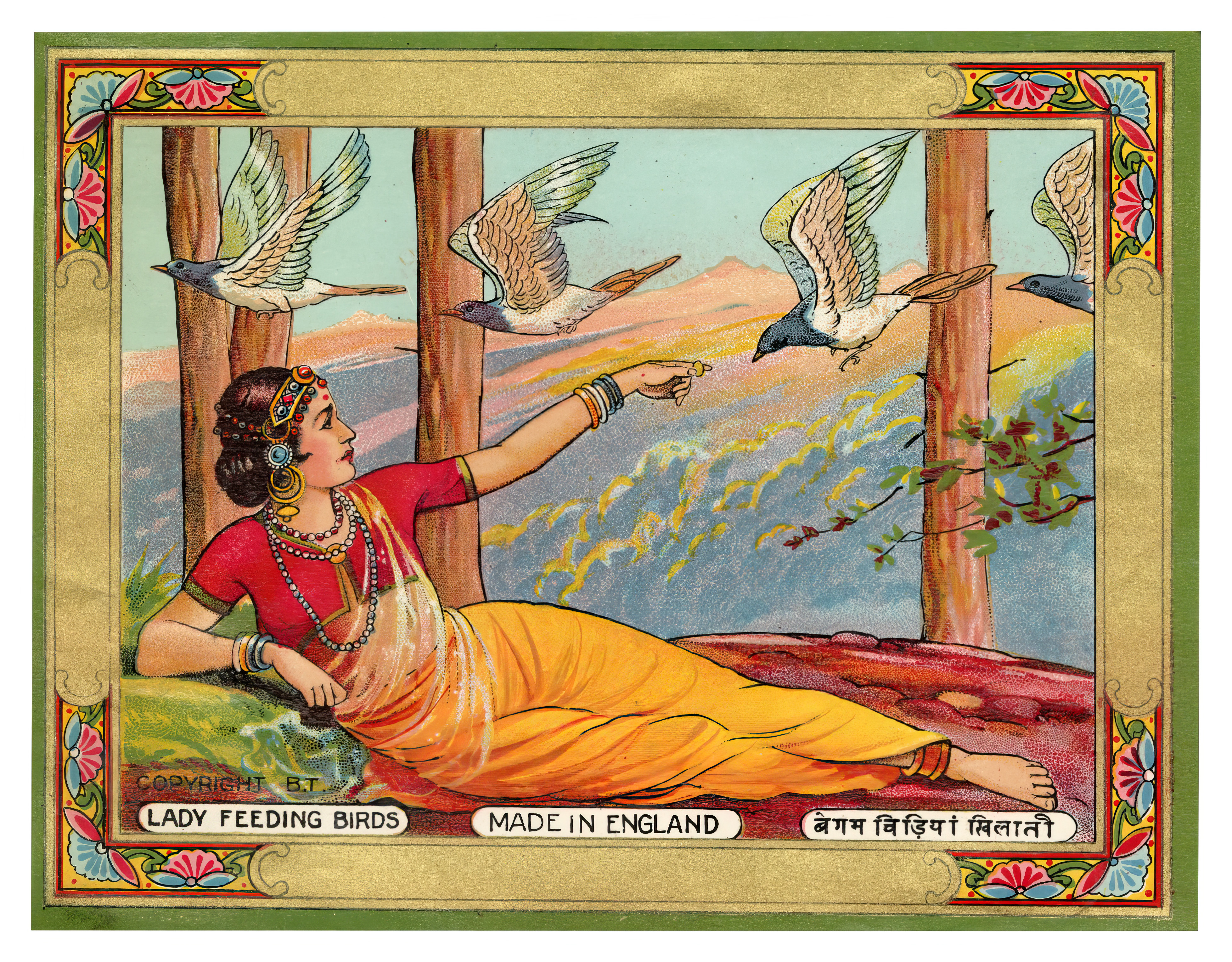 The art of the textile label: how British mill-made cloth sold itself to Indian buyers
The art of the textile label: how British mill-made cloth sold itself to Indian buyersAn exhibition of Indo-British textile labels at the Museum of Art & Photography (MAP) in Bengaluru is a journey through colonial desire and the design of mass persuasion
By Aastha D
-
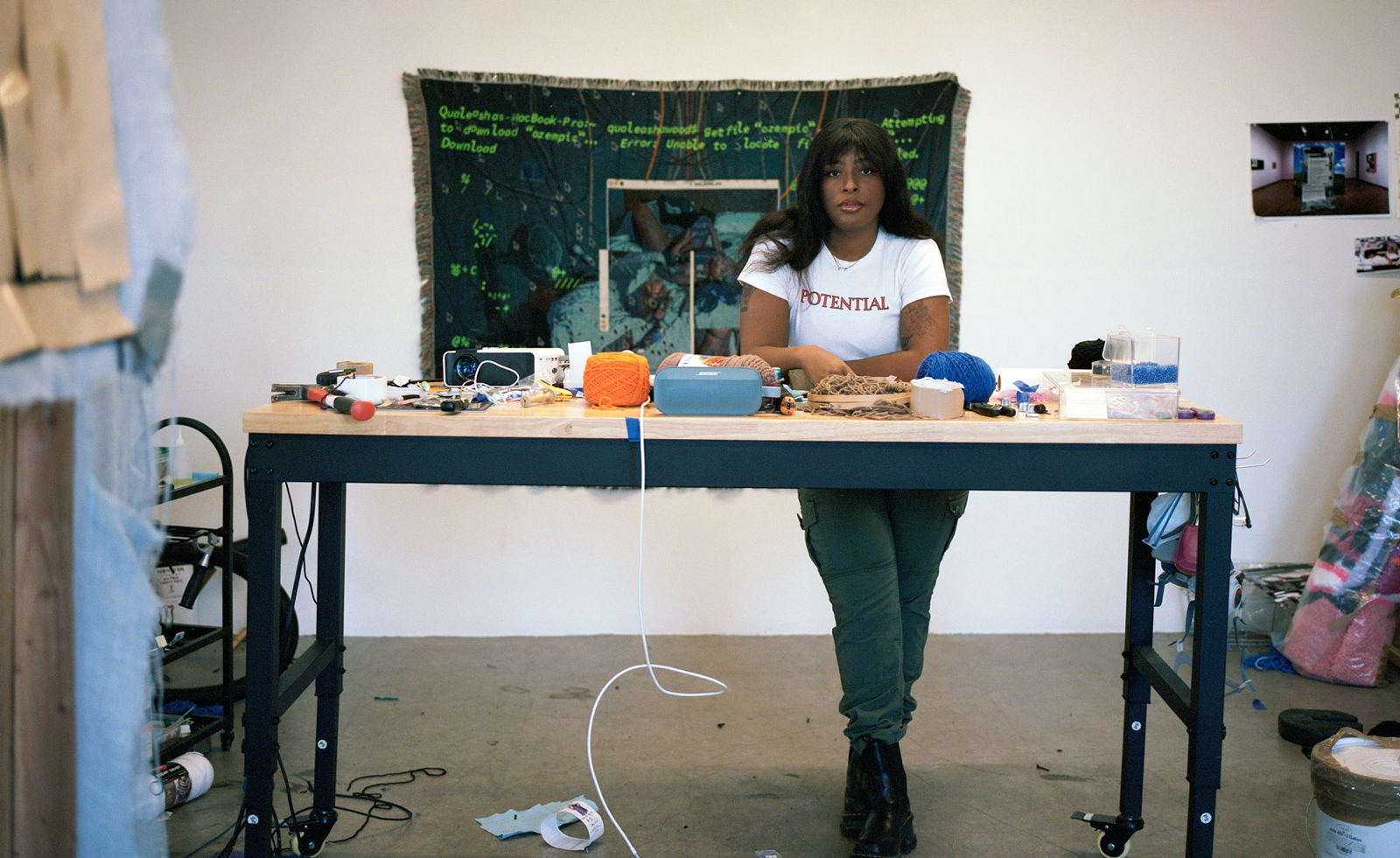 Artist Qualeasha Wood explores the digital glitch to weave stories of the Black female experience
Artist Qualeasha Wood explores the digital glitch to weave stories of the Black female experienceIn ‘Malware’, her new London exhibition at Pippy Houldsworth Gallery, the American artist’s tapestries, tuftings and videos delve into the world of internet malfunction
By Hannah Silver
-
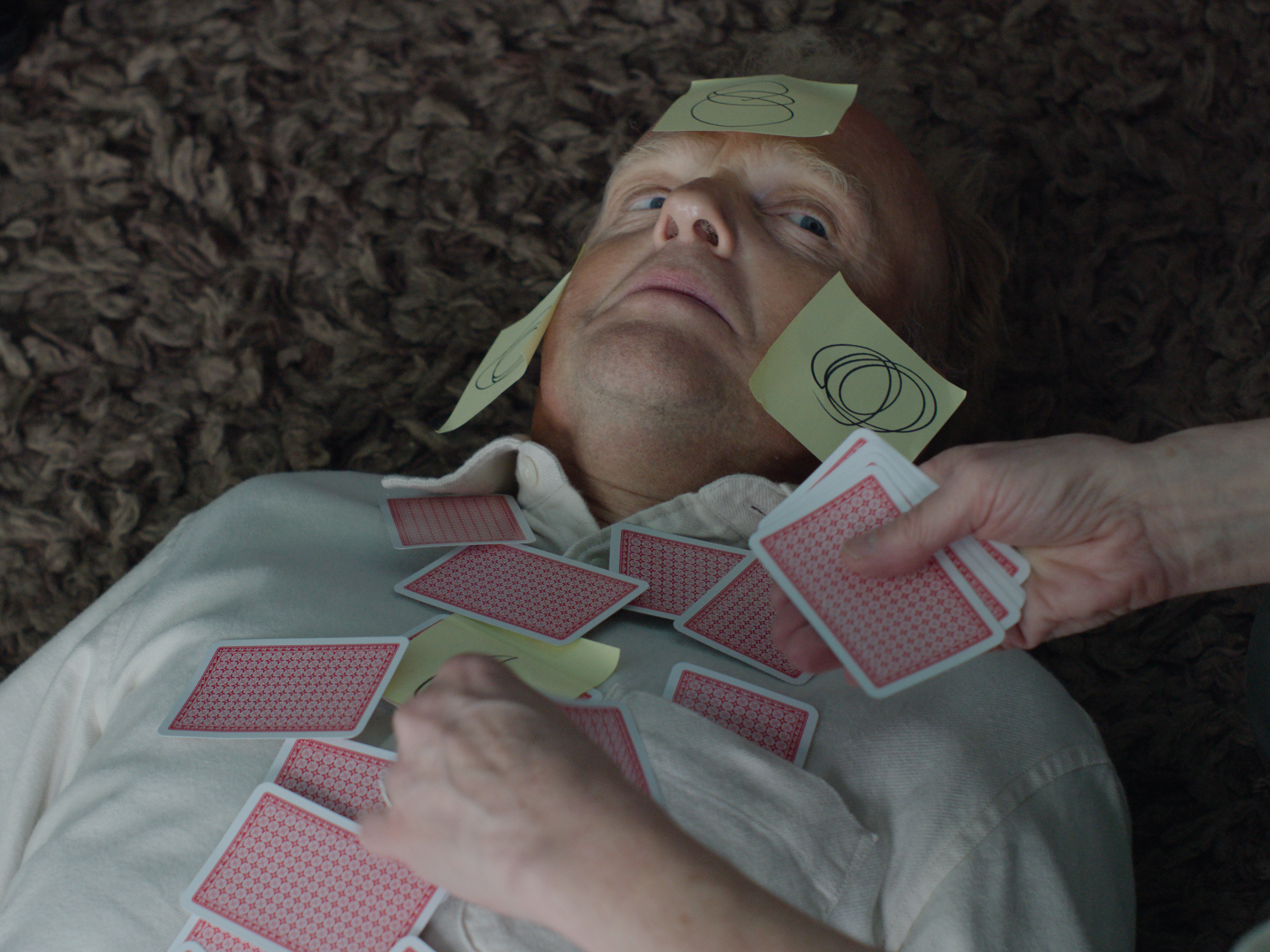 Ed Atkins confronts death at Tate Britain
Ed Atkins confronts death at Tate BritainIn his new London exhibition, the artist prods at the limits of existence through digital and physical works, including a film starring Toby Jones
By Emily Steer
-
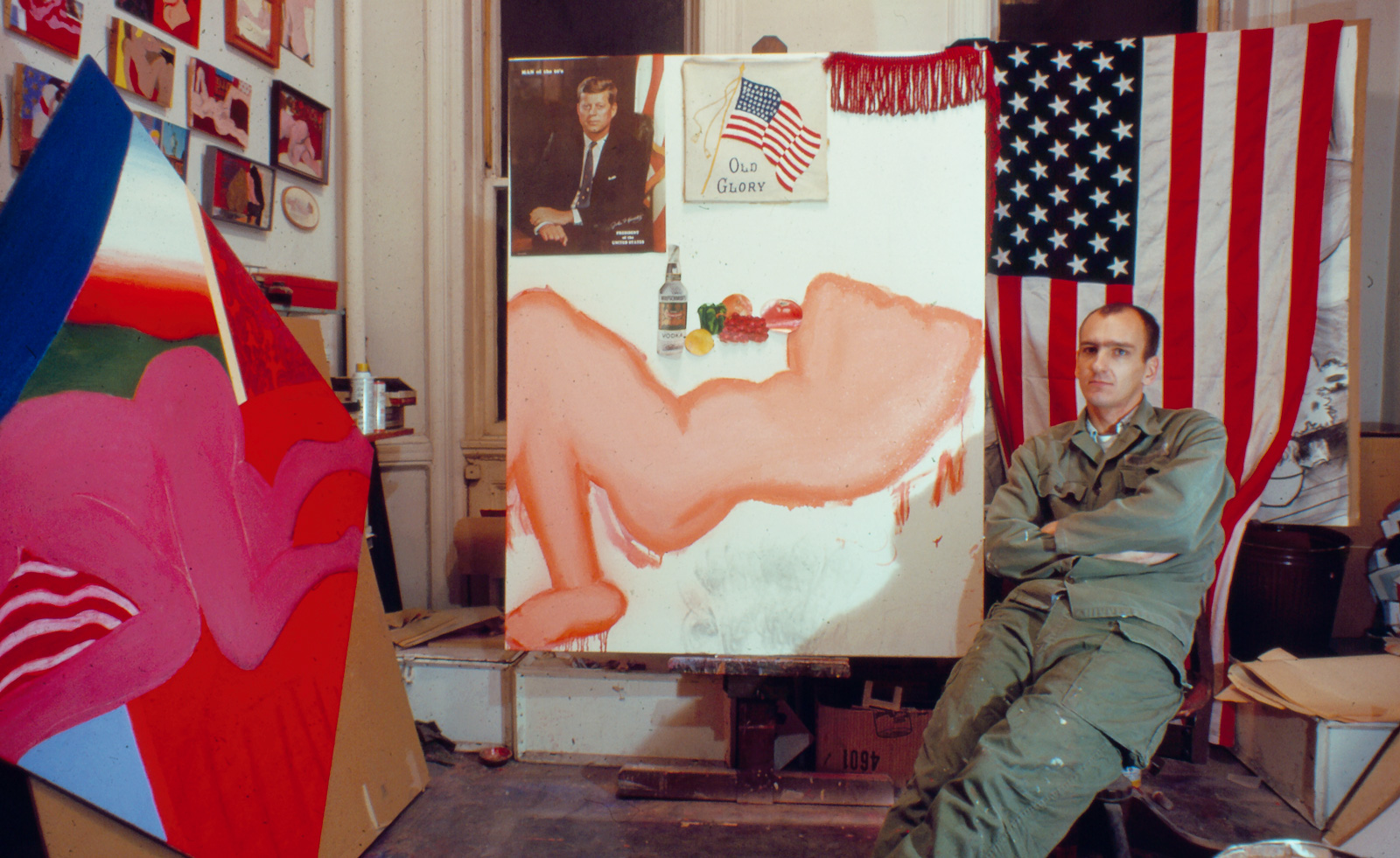 Tom Wesselmann’s 'Up Close' and the anatomy of desire
Tom Wesselmann’s 'Up Close' and the anatomy of desireIn a new exhibition currently on show at Almine Rech in London, Tom Wesselmann challenges the limits of figurative painting
By Sam Moore
-
 A major Frida Kahlo exhibition is coming to the Tate Modern next year
A major Frida Kahlo exhibition is coming to the Tate Modern next yearTate’s 2026 programme includes 'Frida: The Making of an Icon', which will trace the professional and personal life of countercultural figurehead Frida Kahlo
By Anna Solomon